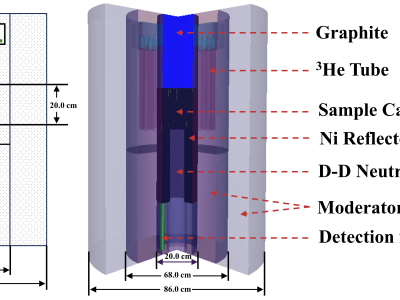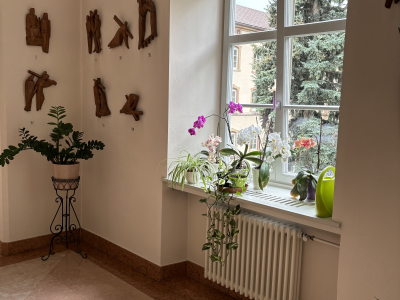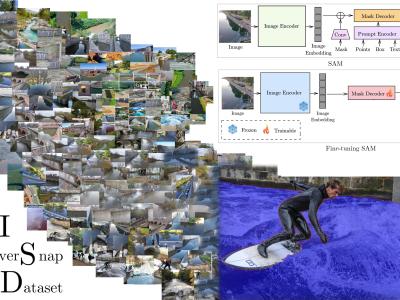
In recent years, the success of large-scale visionlanguage models (VLMs) such as CLIP has led to their increased usage in various computer vision tasks. These models enable zero-shot inference through carefully crafted instructional text prompts without task-specific supervision. However, the potential of VLMs for generalization tasks in remote sensing (RS) has not been fully realized. To address this research gap, we propose a novel image-conditioned prompt learning strategy called the Visual Attention Parameterized Prompts Learning Network (APPLeNet).
- Categories:









